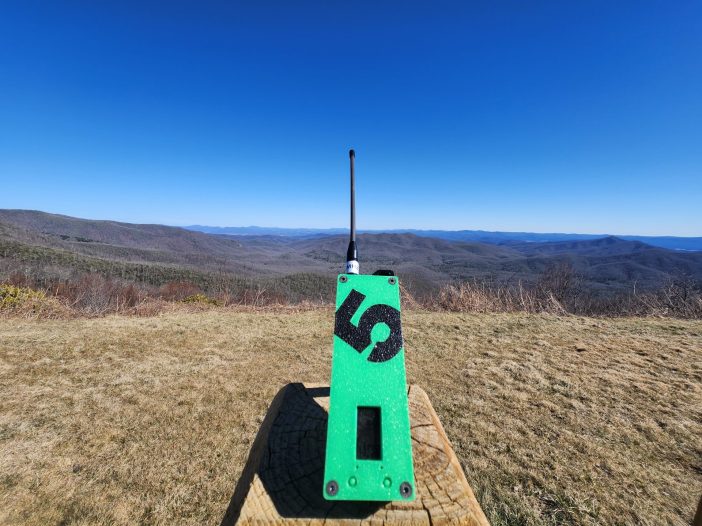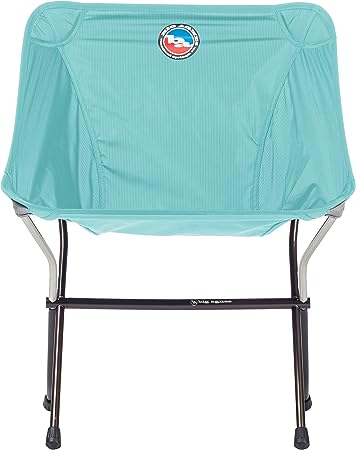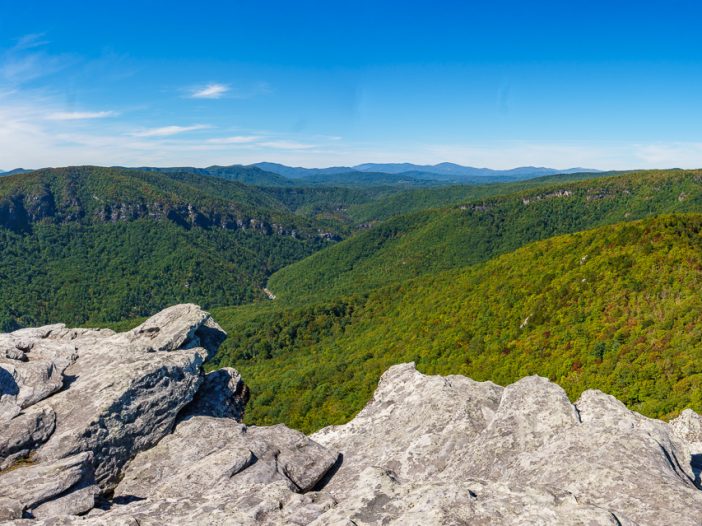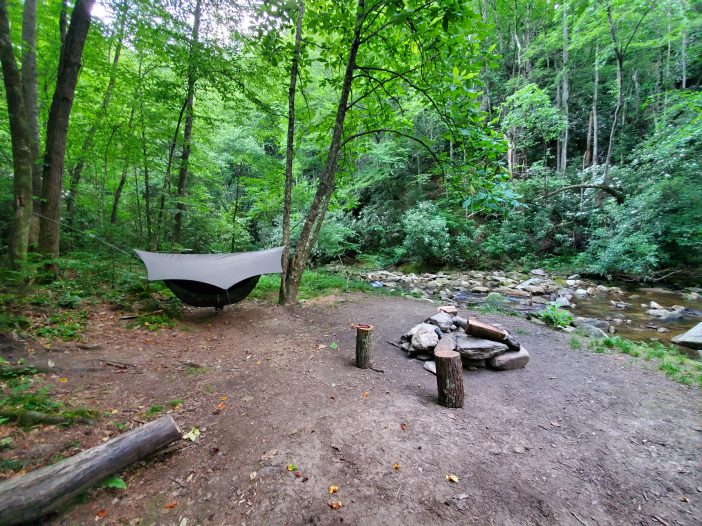Western North Carolina’s premier backpacking destinations, from the iconic Great Smoky Mountains National Park with its 100+ backcountry campsites to the challenging Art Loeb Trail through Pisgah National Forest. This comprehensive guide covers permit requirements, seasonal considerations, safety protocols, and detailed route descriptions for multi-day adventures across the region’s most spectacular wilderness areas.
Read MoreBackpacking
Solo Backpacking in Western NC: Trails, Gear, and Safety for First-Timers
Thinking about going on your first solo backpacking trip? This guide breaks down everything you need to know from choosing beginner-friendly trails in Western North Carolina to essential gear, safety tips, and mental prep. Whether you’re craving solitude, challenge, or a fresh start, solo backpacking offers a unique chance to reconnect with yourself and the natural world.
Read MoreMeshtastic: Revolutionizing Off-Grid Communication for Campers and Outdoor Enthusiasts
Meshtastic is changing how outdoor enthusiasts stay in touch off the grid. Using long-range LoRa technology, this open-source mesh system enables secure messaging and GPS tracking without cell towers or internet. From backpacking and camping to emergency prep, here’s how it works and why it matters.
Read MoreBig Agnes Skyline UL Ultralight Backpacking Chair
As an ultralight backpacker, I want gear that’s light and dependable. The Big Agnes Skyline UL Chair (1 lb 11 oz trail weight) hits that balance. It packs down to about 17 inches long and slides into my pack without much fuss. At camp, setup is quick: the shock-corded, color-coded aluminum poles click into place […]
Read MoreThe Camping Lifestyle: Uncovering the Appeal of Outdoor Adventures
Camping is a timeless outdoor activity that has captivated the hearts and minds of adventurers, nature lovers, and casual travelers alike. This fascinating exploration delves into the diverse aspects of camping, from its status as a sport and a hobby to its varying costs and the types of people who embrace it. Join us as we embark on a journey to uncover the intriguing world of camping and the essential principles that guide it.
Read MoreLinville Gorge: A Hiker’s Haven in North Carolina
Nestled within the heart of North Carolina’s Blue Ridge Mountains, Linville Gorge is a hiker’s paradise just waiting to be explored. This magnificent, wild canyon stretches over 12 miles long and is often referred to as the “Grand Canyon of the East.” With its rugged beauty, breathtaking views, and a diverse array of trails, Linville […]
Read MoreDiscover Asheville’s Second Gear for Sustainable and Stylish Adventure Equipment
Second Gear is a renowned consignment store specializing in outdoor gear and apparel, with a focus on sustainability, affordability, and local outdoor sports. In this article, we delve into the various facets of Second Gear, encompassing its consignment program, extensive inventory, and unwavering commitment to sustainability.
Read MoreWhere to Camp
Ask yourself what expectations, goals, and limits do you have for the outdoor activities you’re planning. Consider the same for everyone that will be joining the group. The trip may be a simple night of KOA car camping or five days of backpacking your local National Forest.
Read More






